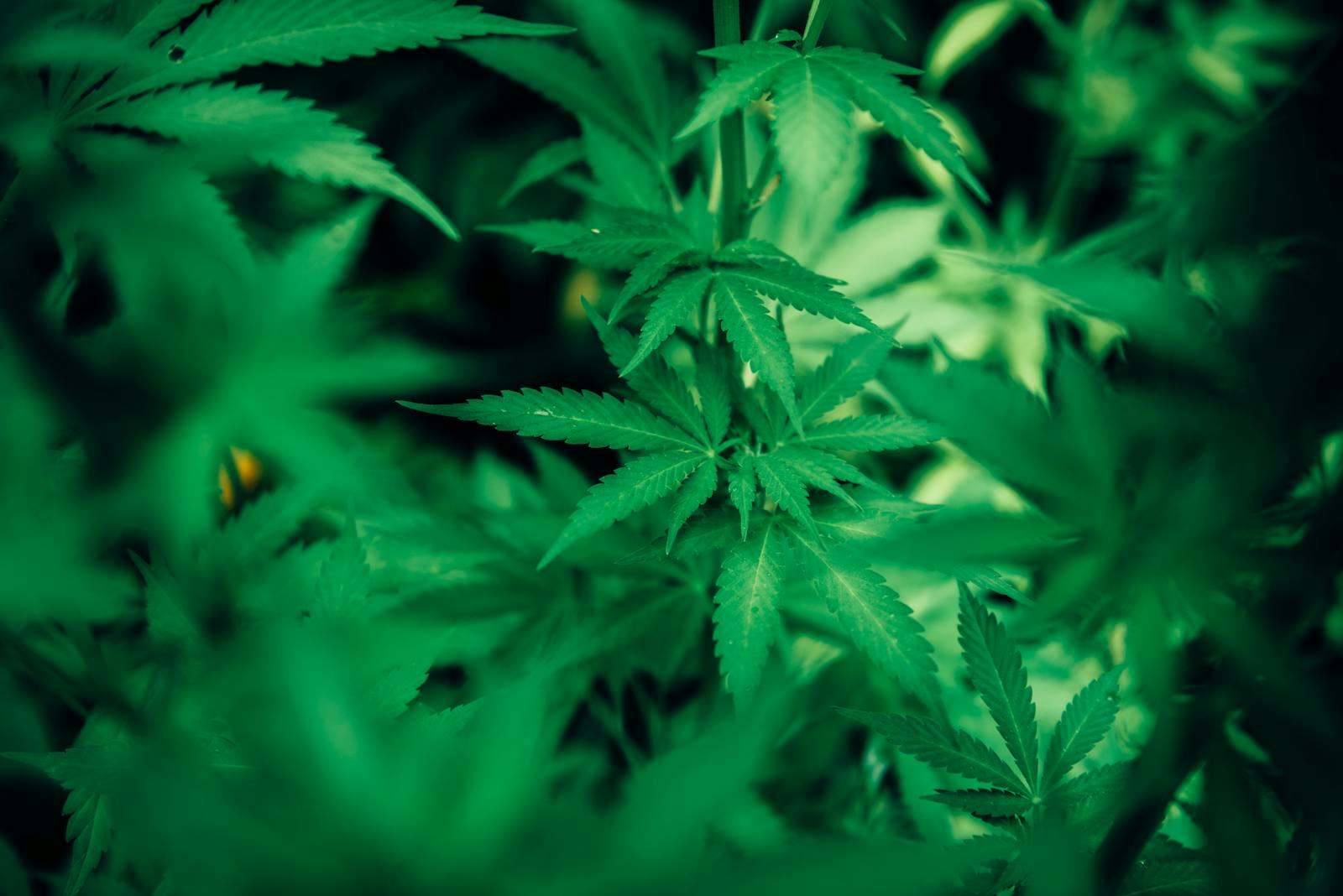Table of Contents
- Understanding Cannabis
- Different Forms of Cannabis Products
- Cannabinoids and Terpenes: What’s the Difference?
- Consider Your Goals
- How to Read Cannabis Labels
- Consult a Professional
- Safety Considerations
- Frequently Asked Questions
Understanding Cannabis
The cannabis plant has been entrenched in human culture for thousands of years, revered not only for its recreational potential but also for its medicinal properties. With the modernization and legalization of cannabis, a new wave of interest has surged, prompting both newcomers and seasoned users to seek a deeper understanding of this multifaceted plant. Cannabis comprises a variety of complex compounds known as cannabinoids, with THC (Tetrahydrocannabinol) and CBD (Cannabidiol) being the most prominent. THC is recognized for inducing euphoria and altering sensory perceptions, which suits recreational users, while CBD is famed for its ability to provide therapeutic benefits without psychoactive effects.
Moreover, the legalization movement, particularly in places like Vermont, introduces consumers to regulated and reliable sources, ensuring quality and safety. Finding a trustworthy Vermont dispensary can help demystify the vast product offerings available, bridging the gap between curiosity and informed choices. These dispensaries often have trained staff who offer guidance, making the consumer’s journey into the cannabis world a reassuring and knowledgeable venture.
Different Forms of Cannabis Products
Cannabis today comes in an array of forms, adaptable to nearly every lifestyle and preference. Such diversity caters to individuals looking for specific consumption experiences—each with its onset time, duration, and intensity. Edibles, for instance, are often favored for their prolonged effects and ease of use. They bypass the lungs and are metabolized by the liver, offering a delayed but often more intense experience. This makes them ideal for users seeking sustained relief throughout the day or night.
In contrast, smoking or vaping offers rapid relief, making it attractive for those seeking immediate comfort. The smoke or vapor enters the bloodstream through the lungs, providing almost instantaneous effects. Then, topicals—creams or balms applied directly to the skin—cater to those needing localized relief sans psychoactive effects. This versatility ensures that cannabis is not a one-size-fits-all solution but rather a customizable experience suited to each individual’s needs.
Cannabinoids and Terpenes: What’s the Difference?
Cannabinoids and terpenes are the unsung heroes of the cannabis plant, contributing directly to its wide range of effects and potential benefits. Cannabinoids, like THC and CBD, interact with the body’s endocannabinoid system, a complex cell-signaling system that regulates various functions, including sleep, mood, and pain. THC’s ability to bind with receptors in the brain leads to its psychoactive effects, while CBD’s interaction is more subtle and often seen as therapeutic without intoxication.
Terpenes, which give cannabis its distinctive aroma and flavor, also play a significant role in shaping the user experience. Found in many plants, terpenes like limonene and myrcene not only determine aroma but also contribute to the overall effect of cannabis through the entourage effect—a synergistic interaction enhancing the plant’s efficacy. For those interested in tailoring their experience, understanding the intricate dance between cannabinoids and terpenes opens the door to more intentionally directed cannabis use.
Consider Your Goals
Before selecting a cannabis product, it is imperative to define your personal goals. Users desire different effects—ranging from pain relief and anxiety reduction to mood enhancement and creativity bursts. Each strain and form of cannabis has its unique profile, optimized for different outcomes.
For instance, those seeking relaxation might benefit from strains high in CBD and particular terpenes known for calming effects, such as linalool. Conversely, users aiming for energy and focus might consider sativa strains rich in terpene limonene. Defining your intentions with clarity allows for a more targeted shopping experience, making the overwhelming variety of options less daunting and your cannabis journey more productive and enjoyable.
How to Read Cannabis Labels
- Examine THC and CBD levels: These dictate the product’s potency and potential effects. Higher THC levels often equate to more substantial psychoactive effects, while higher CBD is chosen for therapeutic uses.
- Recommended dosage: Guidelines here help you explore cannabis safely, suggesting starting doses for beginners while also noting limits for more seasoned users to prevent overconsumption.
- Terpene profiles and additional ingredients: Insights on these broaden the understanding of flavor, aroma, and complementary effects, helping tailor choices to individual preferences and conditions.
This ability to understand and interpret cannabis labels is akin to the nutritional labels on food items—a layer of complexity that, when understood, significantly enhances a consumer’s ability to purchase a product that’s right for them. Empowering yourself with this knowledge aids in crafting the desired experience and supports safer, more rewarding cannabis use.
Consult a Professional
For those new to cannabis or facing an array of options with uncertainty, consulting a professional can transform the experience from overwhelming to enlightening. Seasoned dispensary staff or healthcare professionals can provide personalized recommendations based on individual needs, preferences, and medical history, ensuring a safer and more efficient entry into cannabis use.
One significant advantage of living in an area with legalized cannabis is access to experts who can explain the nuances of cannabinoids, terpenes, and product types. Cannabis experts can offer consultancy to demystify the experience, offering tailored solutions and maximizing benefits. By leveraging expert advice, users can enhance their understanding and optimize their cannabis experiences.
Safety Considerations
Safety cannot be overstressed when incorporating cannabis into your lifestyle. Despite its many benefits, it’s essential to be mindful of the potential for adverse reactions, especially when mixing with other medications. Cannabis’s effects can vastly differ between individuals depending on their sensitivity, body chemistry, and tolerance levels, making it crucial to start with small doses and gradually increase as necessary to find the optimal amount.
The rule of thumb of “start low and go slow” is pivotal in reducing the likelihood of negative experiences. Additionally, understanding the laws and regulations within your locality ensures compliance and secures safer access to products and accurate information. Prioritizing these safety considerations can lead to an enjoyable exploration of cannabis without the downsides of overconsumption or unintended interactions.
Frequently Asked Questions
The fast-evolving landscape of cannabis legality and use naturally spawns a myriad of questions from both potential and current users. Concerns about cannabis’s impact on health, its interaction with other drugs, and its long-term effects are typical and deserve attention and scrutiny. Is cannabis safe for regular use? Can it substitute traditional medication?
Exploring these questions with reliable research and reputable sources, like medical professionals or scientific publications, ensures users arm themselves with factual information. This critical understanding paves the way for responsible use and a greater appreciation of cannabis’s benefits, making it a valuable tool for improving well-being, creativity, and social experiences.


